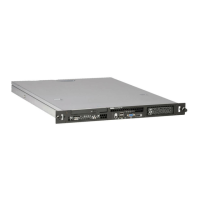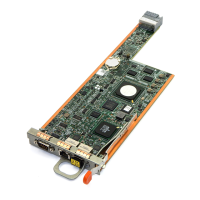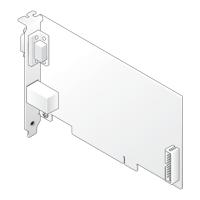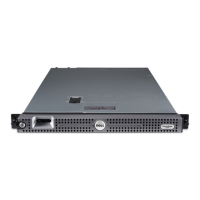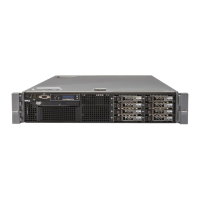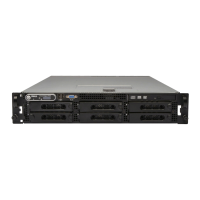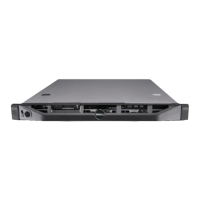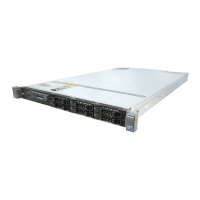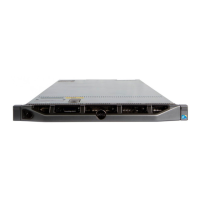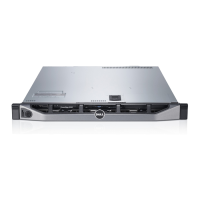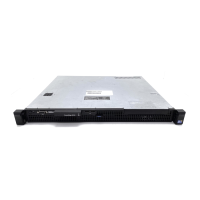System does not boot
Check for the following causes when the system does not boot:
• Incorrect Controller Mode at the System Setup.
• Incorrect Boot Mode, Boot Sequence, and/or Boot Sequence Retry.
• Bootable virtual disk is in Failed state.
• Incorrect Boot Order for a bootable virtual disk.
• A Non-RAID virtual disk is no longer in the rst position in the BIOS Conguration Utility Ctrl+R list after the system is rebooted.
• In a Linux RAID conguration, if virtual disks created exceeds the maximum limit of 16 and the boot virtual disk is not listed as one of the
16 virtual disks in UEFI conguration utility.
• In a Linux RAID conguration, if the virtual disk is created from the drives beyond the rst 10 drives listed in the S140 UEFI HII.
Controller mode is set incorrectly at System Setup
1 In the system startup, when the Dell Power-On Self-Test (POST) screen is displayed, press F2 to enter the system BIOS screen.
2 Scroll to SATA Settings. Press Enter and ensure that the SATA Controller is set to RAID mode.
WARNING
: While switching from RAID Mode to ATA Mode or AHCI Mode, there may be data loss.
Boot mode, boot sequence, and or boot sequence retry are set
incorrectly
1 Turn on the system.
2 When the Dell POST screen is displayed, press F2 to enter the system BIOS screen.
3 Scroll to Boot Settings. Press Enter and ensure that Boot Mode is set to BIOS.
4 Scroll to Boot Sequence. Press Enter and ensure that Hard drive C: is the rst device listed.
5 Scroll to Boot Sequence Retry. Ensure that the setting is Enabled.
6 Press Esc to exit and continue booting.
NOTE
: If changes are made at the BIOS screen, a dialog box is displayed and asks you to save your changes and then
exit.
Bootable virtual disk is in a failed state
1 Press Ctrl+Alt+Del to restart.
2 After the system restart, press Ctrl+R. Check the status of the bootable virtual disk at the Virtual Disk eld, or by highlighting View
Virtual Disks Details and pressing Enter.
3 Check for missing or oine physical disks.
Troubleshooting your system
45
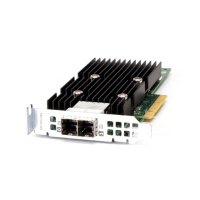
